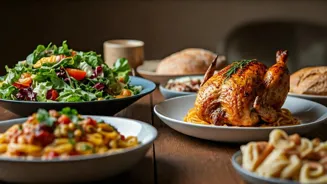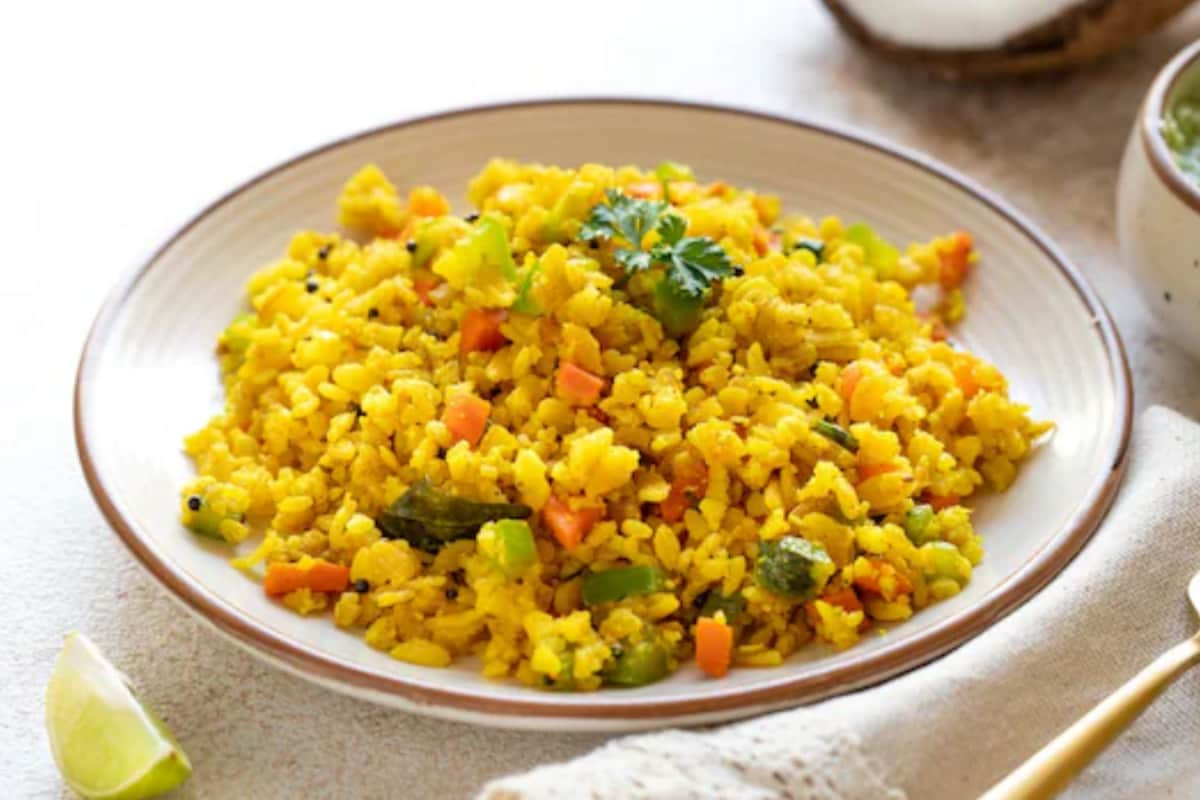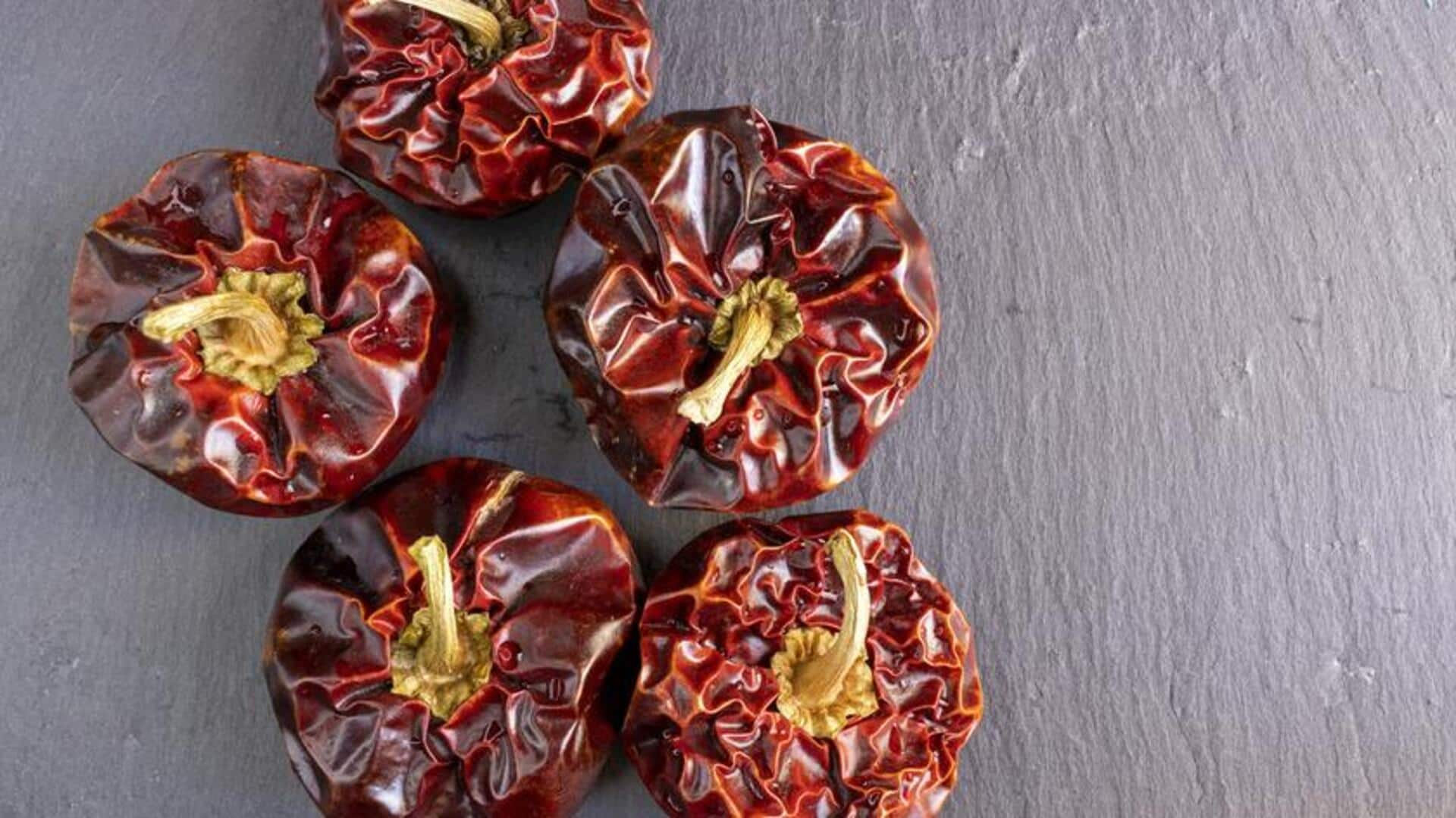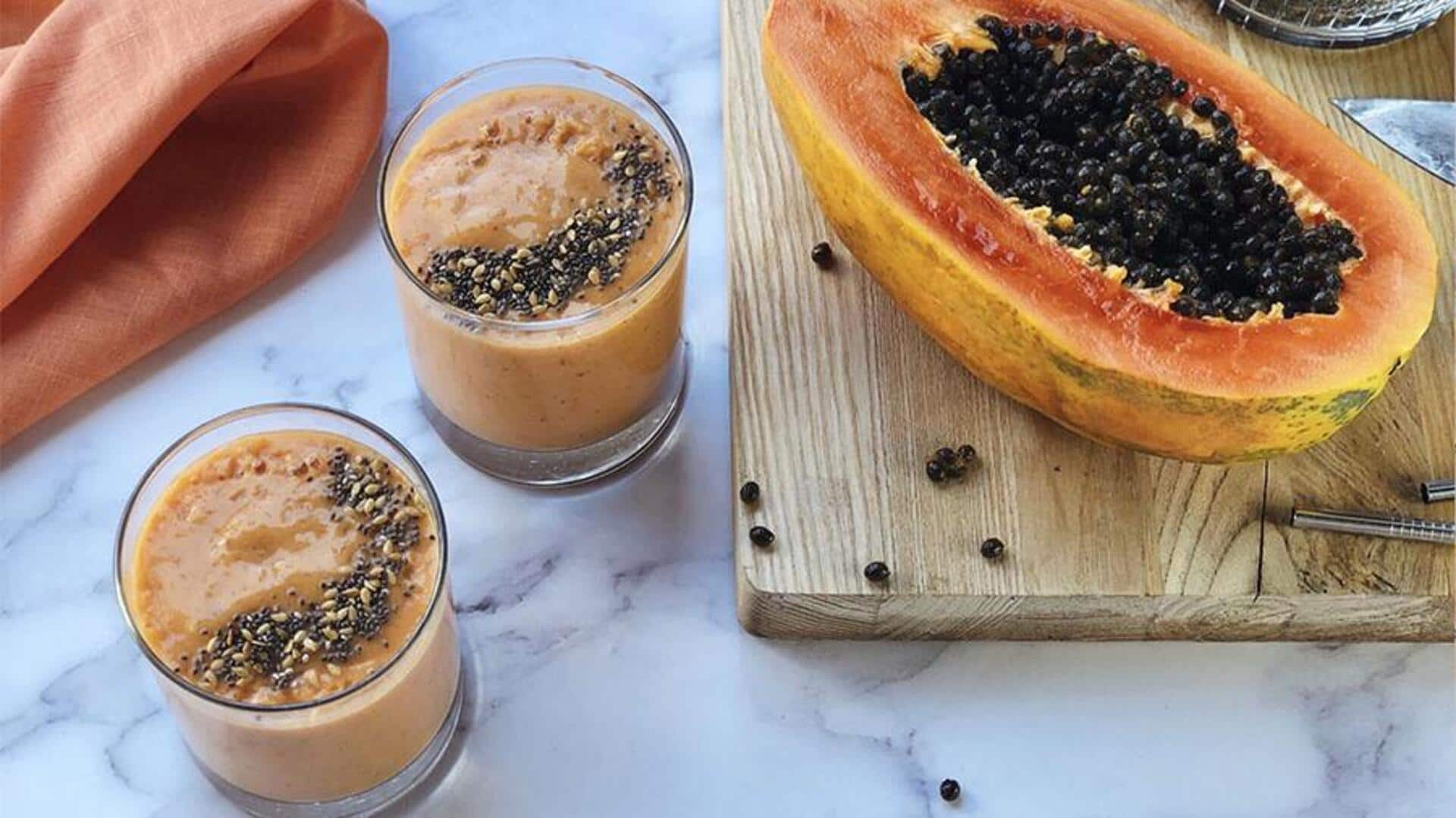Culinary Kickstart Essentials
Before jumping into recipes, understanding basic cooking techniques is crucial. Mastering knife skills like dicing, mincing, and julienning speeds up prep
time and improves presentation. Learn to sauté, braise, and bake, which are all foundational cooking methods. Focus on how to work with essential ingredients such as cooking oils, herbs, spices, and seasoning. Familiarize yourself with different oil types, their smoke points, and suitable uses. Explore common herbs and spices to add depth. Practice using these, tasting and adjusting as needed, and learn the importance of salt, pepper, and how these enhance flavors. Practice makes perfect; embrace the process and enjoy the learning curve.
Quick Snack Inspirations
Snacks can be quick and simple and still be delicious. One option is homemade guacamole with tortilla chips. Mash ripe avocados, mix in diced onions, tomatoes, cilantro, lime juice, and a pinch of salt and pepper. Serve immediately. Another is preparing crispy air-fried potato wedges. Toss potato wedges with olive oil, herbs, and seasonings, then air-fry them until golden. You could make simple cheese and crackers. These are easy to customize with different cheeses and crackers. Lastly, you can make a basic fruit salad, using seasonal fruits like berries, melon, and apples. This can be tossed in a lemon-honey dressing for extra flavor, making it a healthy and refreshing choice.
Main Course Marvels
Main courses can range from simple to slightly more involved, but each offers a fulfilling meal. Start with classic pasta dishes like spaghetti with tomato sauce. Cook pasta, heat tomato sauce, and toss. Add ground meat, vegetables, and your favorite herbs for a richer dish. Another option is a simple roasted chicken. Season a whole chicken and roast until cooked through, making it perfect for a special dinner or a Sunday meal. If you like seafood, you could try pan-seared salmon fillets. Sear the salmon skin-side down until crispy, then flip and cook to your liking. Serve with lemon wedges. Finally, make a simple stir-fry with your favorite vegetables and protein. Ensure you’re using soy sauce and spices to create flavor. Always check the internal temperature of your meat for doneness.
Essential Baking Basics
Baking also has fundamental skills and easy recipes. Learn to measure ingredients accurately, especially for baking recipes, where precision makes a difference. Understand the role of each ingredient, like the structure from flour and the rise from baking powder or soda. Begin with simple recipes like muffins or cookies. Follow the recipe closely, and measure all ingredients carefully. Once you've got those down, you can move on to simple cakes and bread. Practice these consistently to build confidence and knowledge. Don't be afraid to experiment with flavors once you master the basic techniques. Be patient, and have fun baking.
Side Dishes Simplified
Side dishes can enhance any meal without requiring extensive effort. A basic green salad is a good side. Wash and chop lettuce, add fresh vegetables like cucumbers and tomatoes, then dress with a simple vinaigrette. Another choice is steamed vegetables. Steam broccoli, carrots, or other vegetables until tender-crisp, and season with salt and pepper. You can also prepare rice or quinoa. Cook the grains according to package directions, and season them with salt and herbs. Consider roasted vegetables, like potatoes and sweet potatoes. Toss the vegetables with olive oil, herbs, and roast until they’re browned and soft. Side dishes balance the main course, and let you use fresh ingredients.
Flavorful Ingredient Choices
Choosing ingredients affects the flavor and quality of dishes. Select fresh produce. Go to local markets and grocers to find fresh seasonal fruits and vegetables. Consider using quality proteins such as well-sourced meats or seafood. Buy spices and herbs that are fresh; replace them when they have lost their aromas. Look for extra virgin olive oil, and consider different oils for different cooking methods. Experiment with citrus juices to add freshness. Finally, be ready to change your meals based on the season.
Troubleshooting Common Issues
Cooking can be tricky, but recognizing common issues can help you get the best results. If your food is bland, add salt or more spices. Overcooked dishes can often be salvaged. Sauces that are too thick can be thinned with water or broth, while sauces that are too thin can be reduced over heat. If a dish burns, remove the burnt parts, and try to salvage the rest. Check the internal temperature of meats with a food thermometer. Finally, remember to taste the food frequently. Taste throughout the process, and adjust the flavors accordingly.
Adapting for Dietary Needs
Cooking at home lets you easily adjust for various dietary needs. If you're cooking vegan, use plant-based ingredients and avoid animal products like meat, dairy, and eggs. For gluten-free diets, use gluten-free flours, oats, and other products and avoid wheat, barley, and rye. If you have allergies, carefully check all ingredient labels to avoid allergens such as nuts, soy, or shellfish. When adapting recipes, often you need to substitute ingredients. For example, use almond milk instead of dairy milk. Consider the taste and texture of the new ingredient. Make sure all the ingredients meet your dietary requirements.
Presentation and Plating
The appearance of your food enhances the experience. Use clean, attractive plates, and arrange food thoughtfully. Use contrasting colors and textures to create visual appeal. For example, use green herbs with a red sauce. Garnish dishes with herbs, a drizzle of sauce, or a sprinkle of spices. Consider the height and arrangement of food on the plate. Build food up, and vary the angles of ingredients. Arrange for balance. Don’t overcrowd the plate. Finally, practice and find what looks best. The way you present your food shows care and attention.
Cooking for All Occasions
Cooking isn’t just for daily meals. It’s suitable for celebrations and special occasions. Prepare meals for casual gatherings, such as potlucks. Serve easy-to-share foods like sandwiches, salads, or snacks. If you're hosting a dinner, plan your menu ahead of time. If the party is formal, consider a multi-course meal. Consider seasonal ingredients for meals. Enjoy your family time, and celebrate with meals. Cooking gives people an opportunity to share and enjoy each other.






